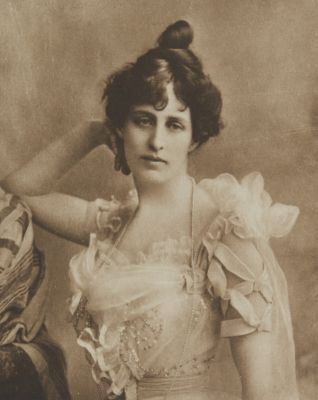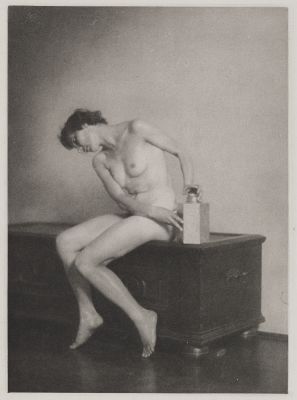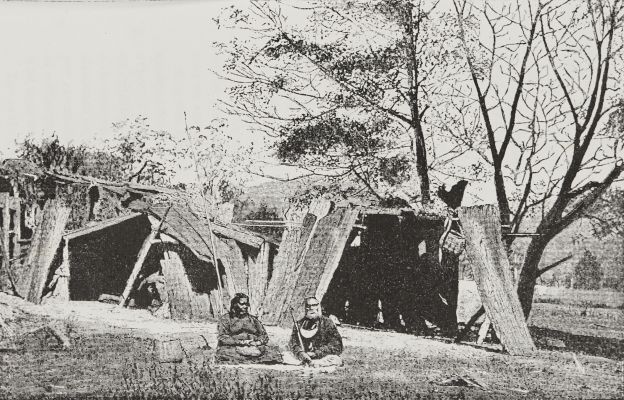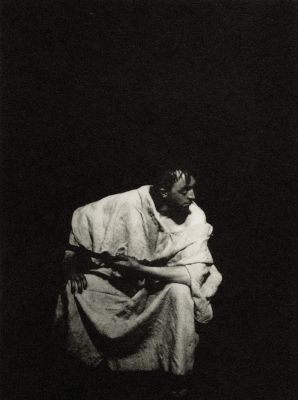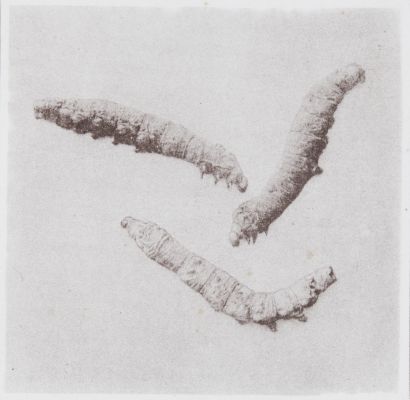
Title
Daibutz, Bronze Statue of Budda at KamakuraArtist
UnknownPublication
Across America and AsiaDate
1870Process
Photolithograph (Morvan)Image Size
10 x 15 cm
Daibutz, Bronze Statue of Budda at Kamakura (A photo-lithographie fac-simile from and Original Photograph.)
Morvan patented his photolithographic process in England (no. 640) March 10, 1862. The process as described was for images in line. A drawing was exposed to a sheet of silver sensitized paper. The provisional patent reads: ÒThe stone is prepared with acid, washed in water, dried, coated with a sensitive varnish, allowed to dry, and exposed to the action of light; it is then washed with white wine, with water, allowed to dry, washed with soapy water, again washed, ‘and then dried in a stove or otherwise.’ Ink is then applied and the stone is allowed to rest 24 hours, then washed with essence of turpentine. Again ink is applied, and the subsequent inking operations are facilitated with phosphoric acid and gum, so as to bring out the design; impressions may then be taken from the stone. The [sensitive] varnish contains white of egg and bichromate of ammonium, and those parts exposed to light become more or less insoluble.Ó The Luynes committee noted that the process was to coat the stone with bichromated albumen and then expose it under a transparent positive. The exposed stone was then washed with a soap mixture to remove the unexposed albumen. The stone could then be printed from. They noted that the process was identical to that of Newton (Bradford and Cutting).
Morvan moved to the United States about 1865 and settled in New Jersey. In 1867 he took out an American patent (no. 66,102) which was to create a photolithographic transfer paper for photomechanical printing in any form. Sylvester Koehler notes on a Morvan print (GA 03766 – Graphic Arts Division – Smithsonian) that Julius Bien adopted Morvan’s photolithographic system in the United States. Bien was a noted lithographer who published maps and other lithography. During the 1870’s on he produced heavily reworked photolithographs for US government publications. In 1870 Bien produced a technically fine example of an unretouched photolithograph
References
Hanson, David Checklist of photomechanical processes and printing 1825-1910, 2017 p. 92

